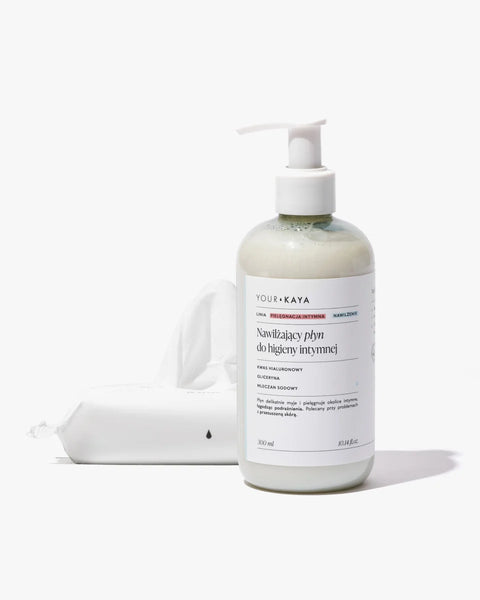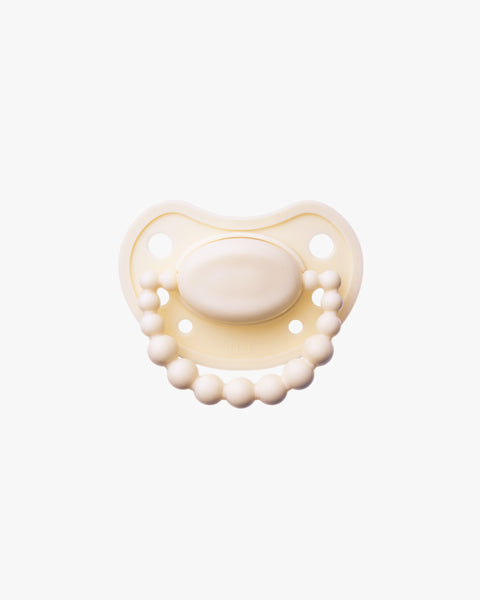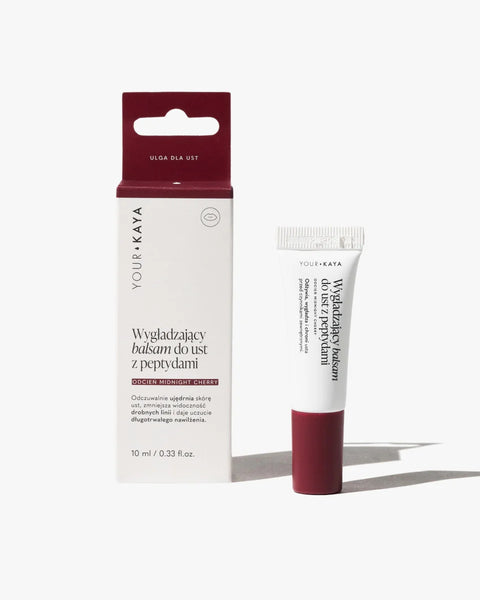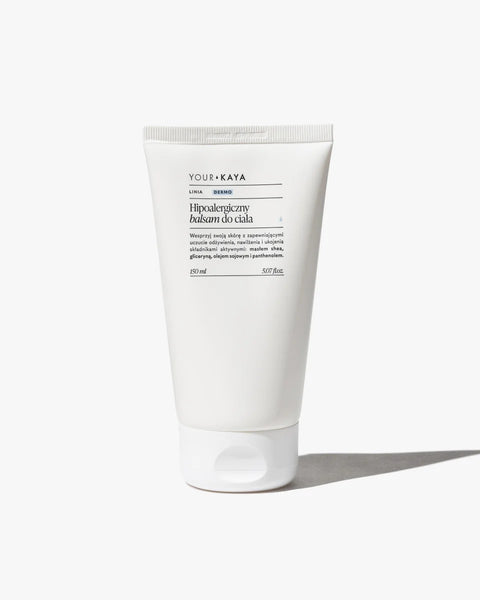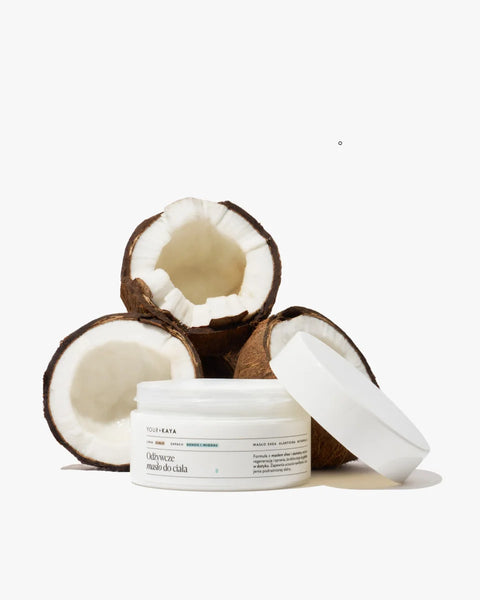Endometriosis has recently become a very “hot” topic among women. Scientists are delving into the subject, women are paying attention to their ailments during visits, and doctors are diagnosing the causes of pain. In women of reproductive age, endometriosis is very often the cause.
What exactly is endometriosis?
In simple terms, it is the endometrium (the lining of the uterus, which is shed during menstruation and in which the embryo is implanted), which is located outside the uterine cavity. And this is where it gets really crazy, because apart from the fallopian tubes, ovaries or abdominal wall, it can also be found on the intestines or in the lungs. If you have had a cesarean section and during your period you writhe with pain in the place of the scar after the surgery - then this is endometriosis in the scar. And while the transfer of endometrial tissue to the subcutaneous tissue during a cesarean section, laparoscopy or suturing of the perineum can be easily explained, where does it come from in the intestines or other places unrelated to the reproductive system? There are many theories, more or less probable, because scientists have been racking their brains over this since 1690 (the first description of endometriosis by D. Schroen). One of them talks about retrograde menstruation, which is supposed to mean that blood and exfoliated endometrium instead of going through the cervix to the vagina goes through the fallopian tubes to the abdominal cavity. Another talks about disorders during the development of the reproductive system during organogenesis, and yet another says that all women "have" endometriosis and only some of them do not have a strong enough immune system to "clean it up" from places where it should not be. In addition to the typical symptom, which is unfortunately often underestimated, i.e. pain during menstruation, patients with endometriosis very often complain about PMS symptoms, pain during intercourse, problems getting pregnant, gastrointestinal disorders or disorders originating from the urinary system. That is why I emphasize once again that we should carefully observe our bodies, because often symptoms that seem unrelated to our uterus and company may suggest the direction of diagnosis.

How do we diagnose endometriosis?
It often occurs in the form of cysts, which are called chocolate cysts (yum! :)) due to the color of their contents. They have a fairly typical appearance on TV ultrasound, so we suspect it based on this test. Another type of endometriosis that we can (sometimes, but not always) diagnose, or at least suspect on TV ultrasound is adenomyosis, or in simple terms, endometriosis of the uterine muscle. Among other imaging tests, magnetic resonance imaging can be helpful. However, we must remember that sometimes endometriosis foci take the form of small dots on the peritoneum of our abdominal cavity and we simply will not see them on imaging tests. A 100% diagnosis can only be made by a histopathological test, for which the material is collected during surgery - most often laparoscopy. During the procedure, we can also carefully examine the entire abdominal cavity and assess whether there are any additional implants on the intestines or the previously mentioned peritoneum. Then we classify the level of advancement of endometriosis according to the current modified ASRM (American Society for Reproductive Medicine) criteria. For those who want to delve deeper into the subject, the link is below :)
Treatment?
Endometriosis treatment is not the easiest. Despite numerous scientific studies, including clinical ones, we do not fully understand the causes of endometriosis. We know that it is a disease closely related to the immune system, but the details are still unclear to us. There are many leads that scientists are following, but there is no single leading path. Therefore, pharmacological treatment of endometriosis mainly consists of treating the symptoms, not the disease itself. The use of non-steroidal anti-inflammatory drugs can make the symptoms less severe, but they rarely completely eliminate the symptoms. Hormonal treatment is very often helpful (progesterone derivatives or modulators of its receptors, gonadoliberin analogues, contraceptive pills, aromatase inhibitors, danazol, etc.). New drugs are constantly being tested, which in the first phase studies have shown a positive effect on the symptoms associated with endometriosis - treatment with them is possible within the so-called clinical trials, which are commonly conducted in many medical practices. A new trend in the symptoms associated with endometriosis is cannabidiol treatment. The number of patients using CBD (most often in the form of oil) as a painkiller is growing, and scientists are studying this substance in combination with other ailments related to endometriosis.
Operation?
If pharmacology does not cope with your symptoms, the next step that your doctor will suggest will be surgical treatment. It simply involves removing the changes (e.g. cysts or excising foci from the peritoneum) and sending them for a histopathological examination. As I mentioned earlier, this is most often laparoscopic treatment and while there is no problem with cysts in any hospital, if you have very advanced endometriosis or if you have already had surgery to remove it, you should direct your steps to a center that specializes in treating this condition, or at least there are doctors there who deal with endometriosis. As I have said many times, each gynecologist can deal with anything, but each of us is interested in different issues :)
What else can you do?
Other ways to deal with endometriosis are the so-called non-medical measures, i.e. dietary modification, physical exercise, yoga or acupuncture. And I think that in our country these are still underestimated methods of treating ailments related to this disease. Patients suffering from endometriosis also have an increased frequency of food intolerances, allergies or irritable bowel syndrome, so their diet should be adapted, with specific exclusions or simply easily digestible (in the case of intestinal wall involvement). An anti-inflammatory diet is also increasingly recommended, which, to put it very simply, is based on the Mediterranean diet, and its aim is to "suppress" the constant inflammation in our body caused not only by endometriosis, but also, for example, by highly processed ingredients in our daily diet. There are many books and guides with an anti-inflammatory diet, so everyone will find something for themselves. Physical exercise, including yoga not only improves our well-being and the general condition of our body, but also causes relaxation of the pelvic muscles and organs, as well as at least partial relaxation of intraperitoneal adhesions, which very often accompany endometriosis. When it comes to acupuncture, its use is primarily about reducing pain. Remember to choose a proven specialist with good opinions!
Endometriosis and pregnancy
It is particularly difficult to treat women with endometriosis who want to get pregnant. After all, we will not feed them contraceptive pills and wait for better times. If possible, it is advisable to remove macroscopic changes by laparoscopy and very often this is enough to create favorable conditions for getting pregnant. Unfortunately, more severe cases require additional pharmacological treatment and sometimes assisted reproduction methods. It is important to see a specialist who specializes in this.
To sum up
Endometriosis is a subject that has been the subject of numerous scientific papers (I recommend looking for them on PubMed ), as well as books written in perhaps a more accessible language and covering specific aspects of this disease. It is a multidimensional disease - on the one hand, benign, on the other, recurrent and (in very rare cases) "metastatic". We do not have clear answers to the key questions for us, but on the other hand, we know a lot about it, and in recent years we have obtained a lot of information. There is hope that we will not slow down and that thanks to the knowledge we gain, life with endometriosis will be burdened with fewer and fewer ailments.
- 1. Johnson, N. P., Hummelshoj, L., Adamson, G. D., Keckstein, J., Taylor, H. S., Abrao, M. S., Bush, D., Kiesel, L., Tamimi, R., Sharpe-Timms, K. L., Rombauts, L., Giudice, L. C., & World Endometriosis Society Sao Paulo Consortium (2017). World Endometriosis Society consensus on the classification of endometriosis. Human reproduction (Oxford, England), 32(2), 315–324. [LINK]
- 2. Evers JL (1994). Endometriosis does not exist; all women have endometriosis. Human reproduction (Oxford, England), 9(12), pp. 2206-2209.
- 3. Reinert, A., Hibner, M. (2019). Self-Reported Efficacy of Cannabis for Endometriosis Pain, Journal of Minimally Invasive Gynecology, 26(7).
- 4. Schwartz, B. (2020). Treating Endometriosis-related Pain with Cannabis. Gynecology after Diploma, 03.
Created at: 13/08/2022
Updated at: 13/08/2022






































































